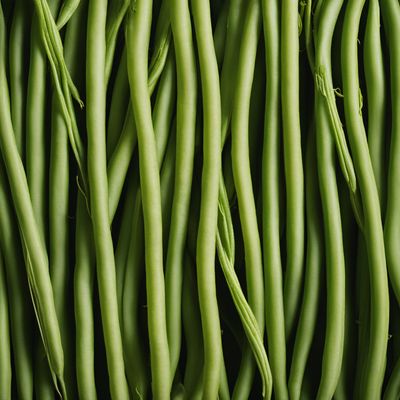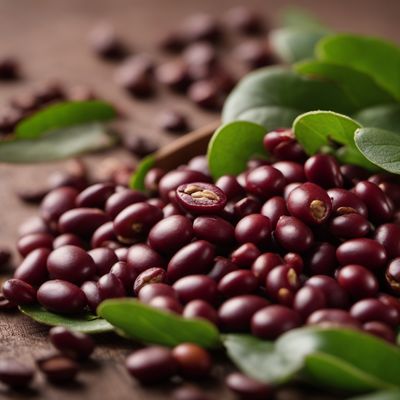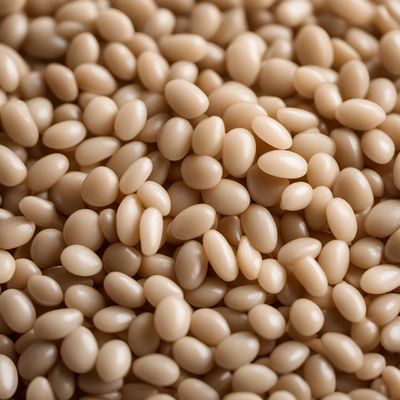
Ingredient
Stink beans (dry)
The Aromatic Delight: Stink Beans
Stink beans are long, flat, and green beans with a bumpy texture. They have a pungent smell, which is where they get their name from. When cooked, they develop a nutty and slightly bitter taste. The beans have a crunchy texture that adds a delightful bite to any dish.
Origins and history
Stink beans have a long history in Southeast Asian cuisine, particularly in countries like Malaysia, Indonesia, and Thailand. They have been used for centuries and are deeply rooted in the culinary traditions of these regions. Stink beans are native to Southeast Asia and are believed to have originated in Malaysia. They have been cultivated and consumed for generations, becoming an integral part of the local cuisine.
Nutritional information
Stink beans are a good source of dietary fiber, protein, and various vitamins and minerals. They are low in calories and fat, making them a healthy addition to meals. Additionally, they contain antioxidants that help protect the body against oxidative stress.
Allergens
There are no known allergens associated with stink beans.
How to select
When selecting stink beans, look for fresh, vibrant green beans that are firm to the touch. Avoid beans that are discolored, wilted, or have a strong odor. The beans should be free from any signs of mold or insect damage. Opt for beans that are still in their pods, as they tend to stay fresher for longer.
Storage recommendations
To store stink beans, keep them in a perforated plastic bag or an airtight container in the refrigerator. They can stay fresh for up to a week when stored properly. Avoid washing the beans before storing, as moisture can cause them to spoil faster.
How to produce
Stink beans can be grown in tropical and subtropical regions. They require warm temperatures and well-drained soil. The beans can be grown from seeds, which should be soaked in water for a few hours before planting. They thrive in full sun and should be watered regularly.
Preparation tips
Before using stink beans, remove them from their pods and discard any discolored or damaged beans. The beans can be blanched in boiling water for a few minutes to reduce their bitterness. They are commonly used in stir-fries, curries, and sambal dishes, adding a unique flavor and texture to the final dish.
Culinary uses
Stink beans are commonly used in Southeast Asian cuisine, particularly in dishes from Malaysia, Indonesia, and Thailand. They are often incorporated into spicy stir-fries, curries, and sambal dishes. Stink beans pair well with ingredients like shrimp, chili, garlic, and belacan (shrimp paste).
Availability
Stink beans are commonly available in Southeast Asian countries, such as Malaysia, Indonesia, Thailand, and Singapore. They can also be found in specialty Asian grocery stores around the world.
More ingredients from this category » Browse all

Guar beans (dry)
Versatile Legumes: Guar Beans

Jack beans (dry)
The Versatile Legume: Unveiling the Wonders of Jack Beans

Ervils (dry)
The Nutritional Powerhouse: Exploring the Versatility of Dry Ervils

Yardlong beans (dry)
The Nutrient-Packed Legume: Yardlong Beans

Vetches (dry)
The Nutrient-Packed Legume: Dry Vetches

Soyabeans for consumption (dry)
The Versatile Legume

Lablab beans (dry)
The Versatile Legume: Lablab Beans

Azuki beans (dry)
The Tiny Powerhouse: Azuki Beans

Rice beans (dry)
The Versatile Powerhouse: Rice Beans

Lima beans (dry)
The Versatile Lima Beans

Mung beans (dry)
The Mighty Green Legume

Borlotti or other common beans (dry)
The Versatile Dried Beans


